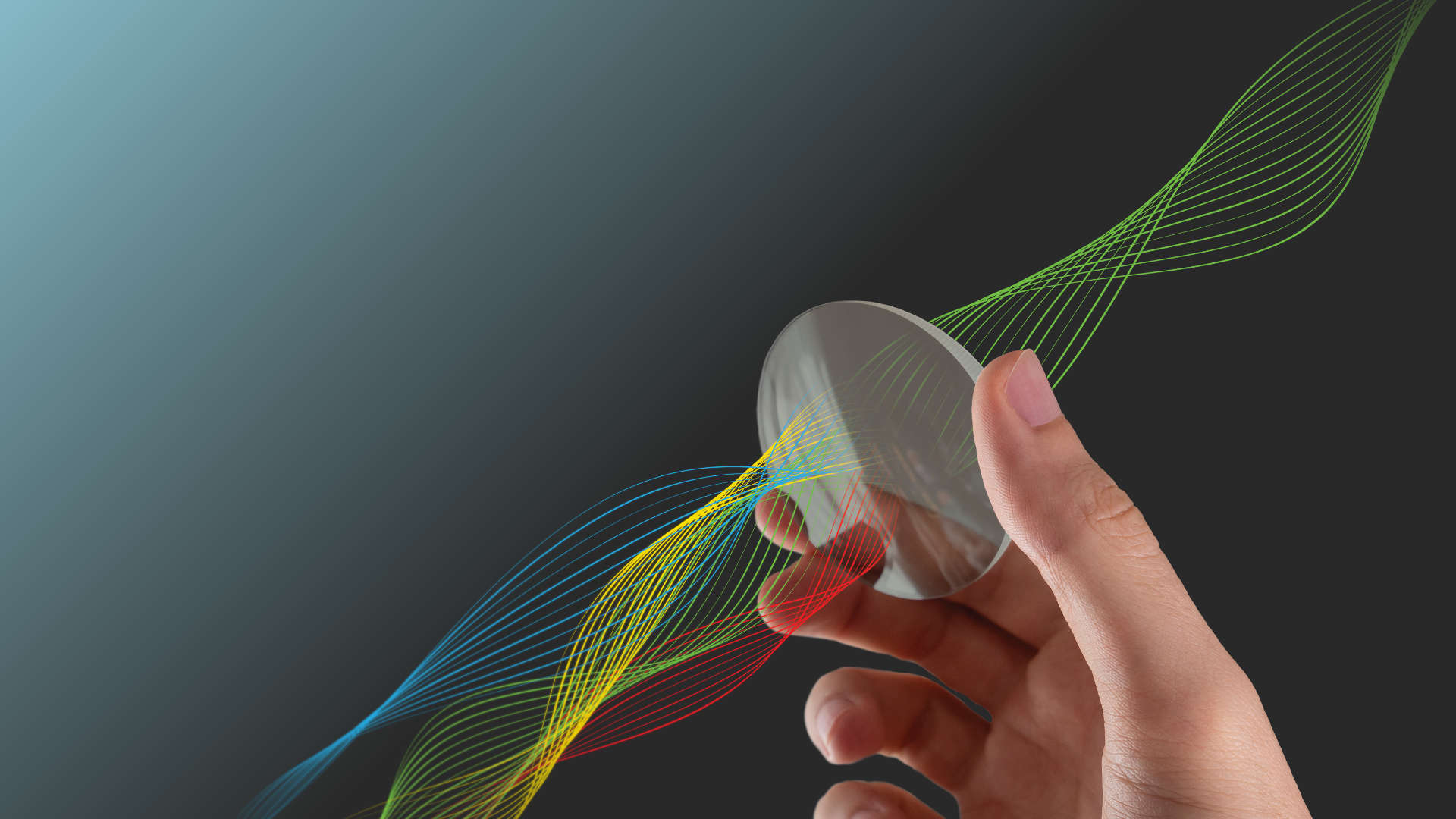Migraine Self-Care: Understanding and Managing Migraine Symptoms
Migraine is one of the most common and debilitating neurological conditions, affecting including nearly one billion people worldwide. Yet despite its prevalence, migraine remains widely misunderstood.
It’s not just a bad headache.
Migraine is a complex condition that can drastically affect a person’s quality of life.
Yes, headaches can occur with migraine, and they can be intense. But migraine can also include a host of other symptoms such as nausea, vomiting, dizziness, and sensitivity to light and sound. In fact, one of the most common triggers for people who experience migraine is exposure to bright or flickering lights.
How Common is Migraine?
For those who live with chronic migraine, the condition can be debilitating. Studies show that migraine is among the top causes of disability worldwide, affecting nearly 48 million Americans alone, with many people missing work, school, or social events due to the severity of their symptoms. In fact, 24 percent of people living with migraine disease report headaches so severe that they have sought emergency room care, and 51 percent of people living with migraine report at least a 50 percent reduction in work or school productivity. The emotional toll of migraine can be just as significant as the physical pain, contributing to anxiety, depression, and isolation.
People living with migraine often feel the frustration of trying to find an effective treatment. The good news is that there are a variety of methods available to help manage and mitigate migraine symptoms, providing much-needed comfort.

Migraine Glasses: Reducing Light Sensitivity
More than 80 percent of people with migraine experience light sensitivity, which can be addressed with migraine glasses. A study in 2016 found
that blue, red, amber, and white light increased migraine-related headache pain intensity, while green light was found to be soothing. Specially designed lenses ca
n filter out the harmful wavelengths of light, helping to reduce the strain and discomfort caused by bright lights and glare.
Axon Optics powered by Avulux Migraine & Light Sensitivity Lenses have been clinically proven to help those who struggle with light sensitivity and migraine.
Pharmaceutical Treatments for Migraine Relief
For many migraine sufferers, prescription medications are the first line of defense. These can include acute treatments designed to relieve the pain once a migraine has started, such as triptans, or preventive medications aimed at reducing the frequency and intensity of attacks.
While these medications can be effective for some, they are not a one-size-fits-all solution. For some people, they may cause side effects or may not work as well as hoped. Always talk to your physician to see what’s right for you.

Neuromodulation Devices and Migraine
Advances in neuromodulation technology have brought new hope to migraine sufferers. These devices, which use electrical or magnetic stimulation to target and modulate nerve activity, offer a non-invasive alternative to medication.
One popular neuromodulation device is transcranial magnetic stimulation (TMS), which has been shown to reduce the frequency of migraine and alleviate the intensity of symptoms. By delivering targeted pulses to specific areas of the brain, these devices can alter neural pathways and help prevent or manage migraine attacks.

How Migraine Self-Care Routines Can Help with Symptoms
In addition to medical treatments and devices, adopting a consistent wellness routine can help prevent and manage migraine attacks. This might include regular exercise, practicing mindfulness or meditation, and ensuring sufficient hydration and nutrition. Managing stress through yoga or deep-breathing exercises may also be an effective way to reduce migraine frequency and intensity. Sleep plays a crucial role in migraine prevention. Poor sleep or irregular sleep patterns can be major triggers, so establishing a regular sleep routine and making your sleeping environment more conducive to rest can be beneficial.
Taking a Comprehensive Approach to Migraine Management
Migraine management is highly individualized, and what works for one person may not work for another. However, the key to living with migraine is finding a balance of treatments and lifestyle adjustments that work for you.
Understanding your triggers, trying out different treatments, and finding a routine that works for you is the first step toward taking back control from migraine. Remember, you’re not alone on this journey.





